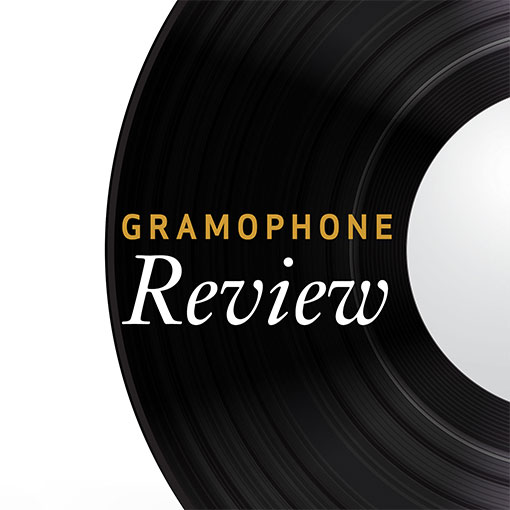R. Strauss Le Bourgeois Gentilhomme/Dance Suite
View record and artist detailsRecord and Artist Details
Composer or Director: Richard Strauss
Label: Philips
Magazine Review Date: 1/1998
Media Format: CD or Download
Media Runtime: 65
Mastering:
DDD
Catalogue Number: 446 696-2PH

Tracks:
| Composition | Artist Credit |
|---|---|
| (Le) Bourgeois gentilhomme |
Richard Strauss, Composer
Academy of St Martin in the Fields Neville Marriner, Conductor Richard Strauss, Composer |
| Tanzsuite aus Klavierstücken von François Coup |
Richard Strauss, Composer
Academy of St Martin in the Fields Neville Marriner, Conductor Richard Strauss, Composer |
Author:
How classical should performances be of these charming examples of eighteenth-century pastiche from the arch late-romantic Strauss? Le bourgeois gentilhomme suite was salvaged from the incidental music he wrote for the Moliere play, when the first version of Ariadne auf Naxos – for which the Moliere provided the introduction – proved too cumbersome. The Couperin suite, based on harpsichord pieces – as many as four in a single movement – followed in 1923, with Strauss again writing happily in a style he described as being “with his left hand”.
In the comparison I have listed, Charles Dutoit unashamedly adopts a full, romantic stance, with warm, smooth textures, where Marriner in the new Philips recording is rhythmically much sharper, with crisper ensemble, generally at more flowing speeds. Marriner gets my vote every time. Between the two comes Rudolf Kempe, whose recordings of both suites are included in his nine-disc collection of Strauss’s orchestral works for EMI (12/92).
At times Kempe is more characterful than either, finding more charm than Marriner, bringing out the jaunty rhythms more infectiously in such a characteristic movement as the penultimate “Intermezzo” from the Bourgeois gentilhomme suite. The freshness and extra clarity as well as well-balanced digital recording, both immediate and atmospheric, still favour the new Marriner version. The latter’s trio of soloists is just as distinguished as Dutoit’s, with Kathryn Stott as pianist, and with Kenneth Sillito (violin) and Stephen Orton (cellist) both from the Academy.EG
In the comparison I have listed, Charles Dutoit unashamedly adopts a full, romantic stance, with warm, smooth textures, where Marriner in the new Philips recording is rhythmically much sharper, with crisper ensemble, generally at more flowing speeds. Marriner gets my vote every time. Between the two comes Rudolf Kempe, whose recordings of both suites are included in his nine-disc collection of Strauss’s orchestral works for EMI (12/92).
At times Kempe is more characterful than either, finding more charm than Marriner, bringing out the jaunty rhythms more infectiously in such a characteristic movement as the penultimate “Intermezzo” from the Bourgeois gentilhomme suite. The freshness and extra clarity as well as well-balanced digital recording, both immediate and atmospheric, still favour the new Marriner version. The latter’s trio of soloists is just as distinguished as Dutoit’s, with Kathryn Stott as pianist, and with Kenneth Sillito (violin) and Stephen Orton (cellist) both from the Academy.
Discover the world's largest classical music catalogue with Presto Music.

Gramophone Digital Club
- Digital Edition
- Digital Archive
- Reviews Database
- Full website access
From £8.75 / month
Subscribe
Gramophone Full Club
- Print Edition
- Digital Edition
- Digital Archive
- Reviews Database
- Full website access
From £11.00 / month
Subscribe
If you are a library, university or other organisation that would be interested in an institutional subscription to Gramophone please click here for further information.





